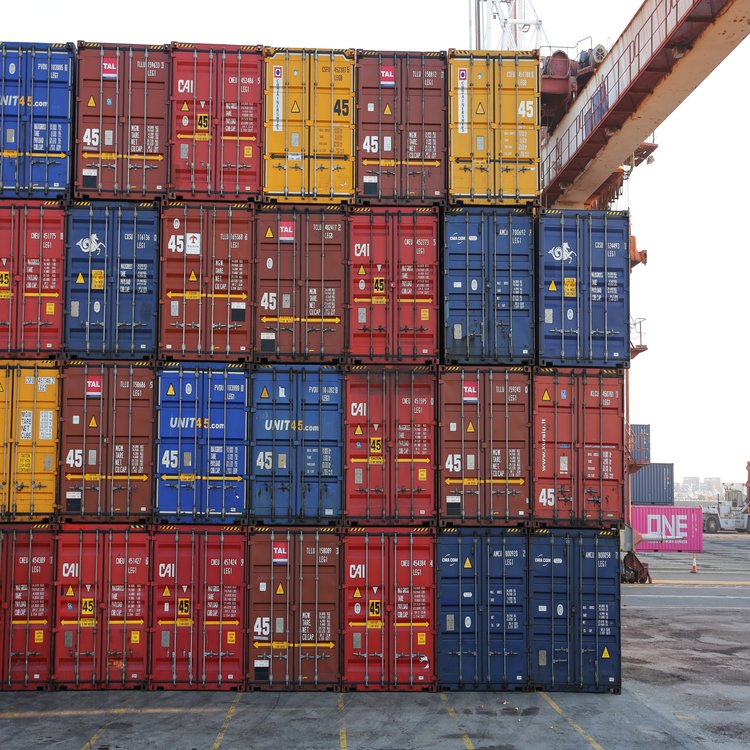U.S. tariffs on Chinese goods drop from 145% to 30%.

It's worth noting that earlier in 2025, the U.S. had implemented a 20% tariff on Chinese imports as part of measures to address the influx of synthetic opioids. However, the most recent agreement supersedes this, establishing a 30% tariff rate during the 90-day pause. Therefore, the current tariff rate is 30%, not 20%.
China's tariffs on U.S. goods fall from 125% to 10%.
The pause is meant to buy time for a broader deal. Markets reacted fast — S&P futures jumped 2.8%, the dollar rose, and gold dropped. So it is still like the previous announcement..
The “90-Day Pause” Is a Rerun — and a Convenient One
This isn’t the first time the U.S. and China have hit “pause” on tariffs.
But here’s what really matters:
90 days isn’t enough time to shift real-world trade decisions.
Purchasing cycles for importers are longer — businesses can’t react fast enough to avoid or take advantage of changing tariffs in that short a window.
Shipping times from China to the U.S. alone take 30–45 days. By the time goods are bought, loaded, and in transit, the tariff terms might already change again.
So practically, the pause doesn’t affect behaviour — it affects perception.
It cools markets, buys political breathing room, but does not create meaningful trade shifts. That’s why it’s so effective as a market sentiment tool, not a trade solution.
Want to track what’s likely to happen after the 90 days expire based on past patterns?